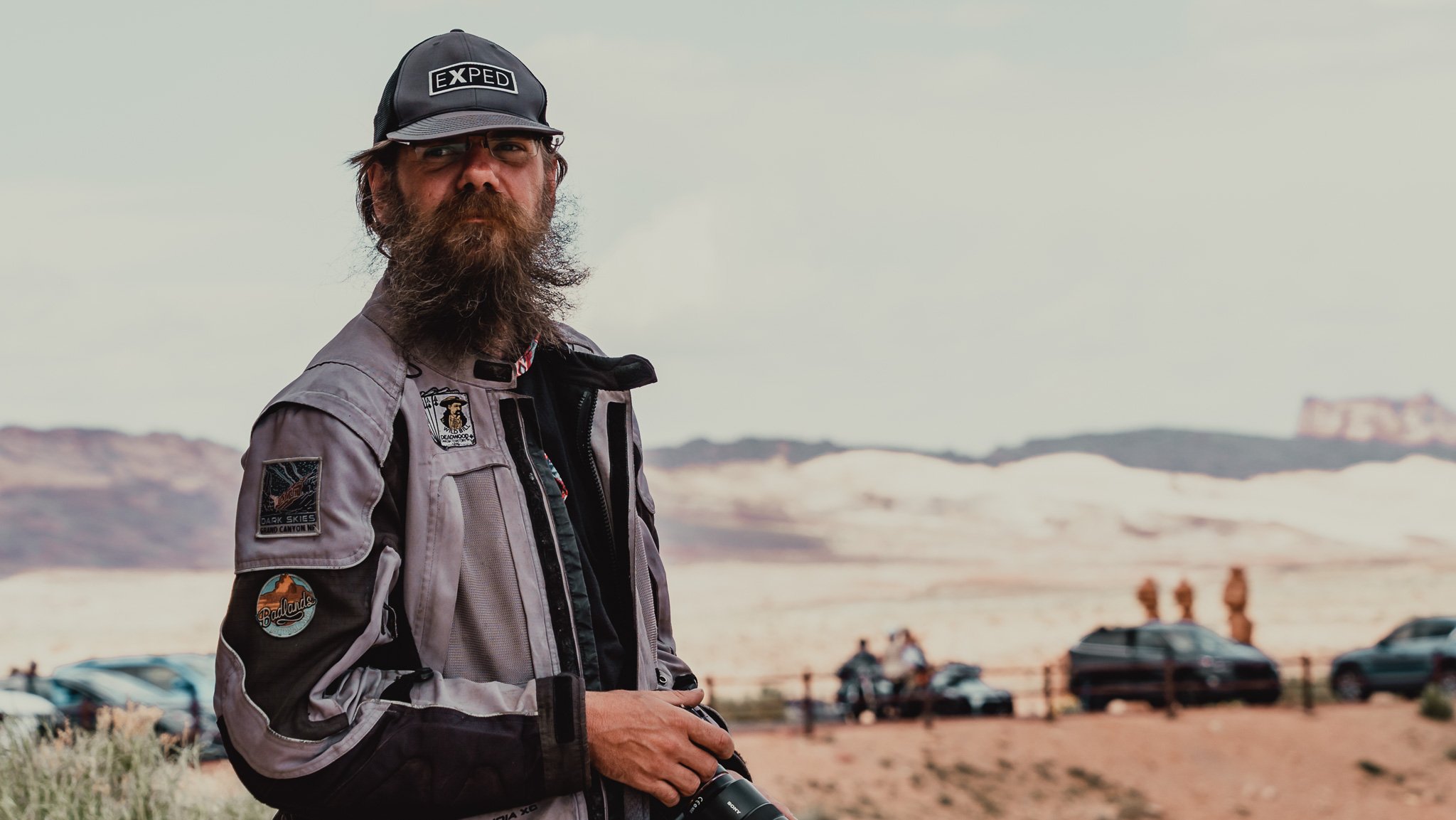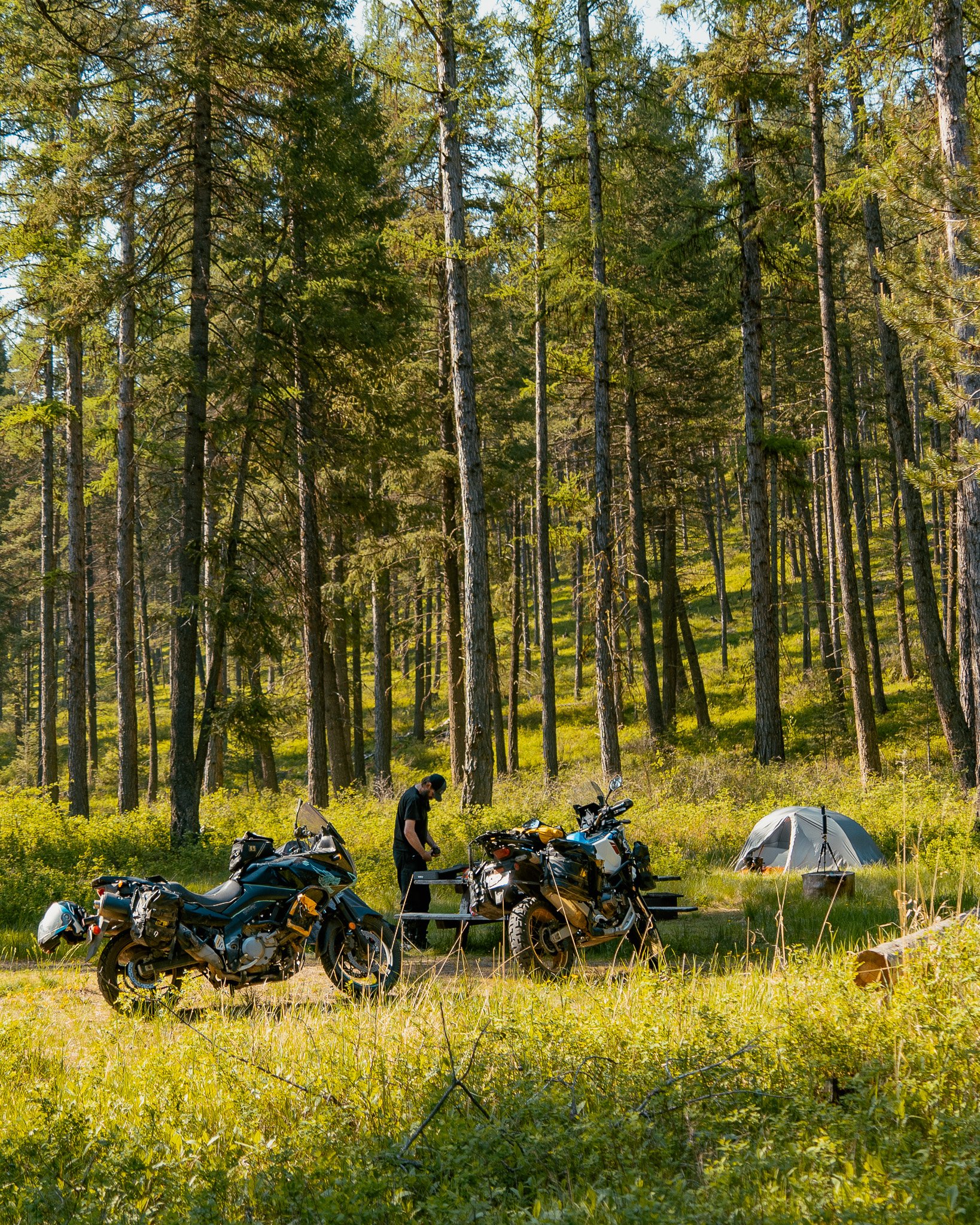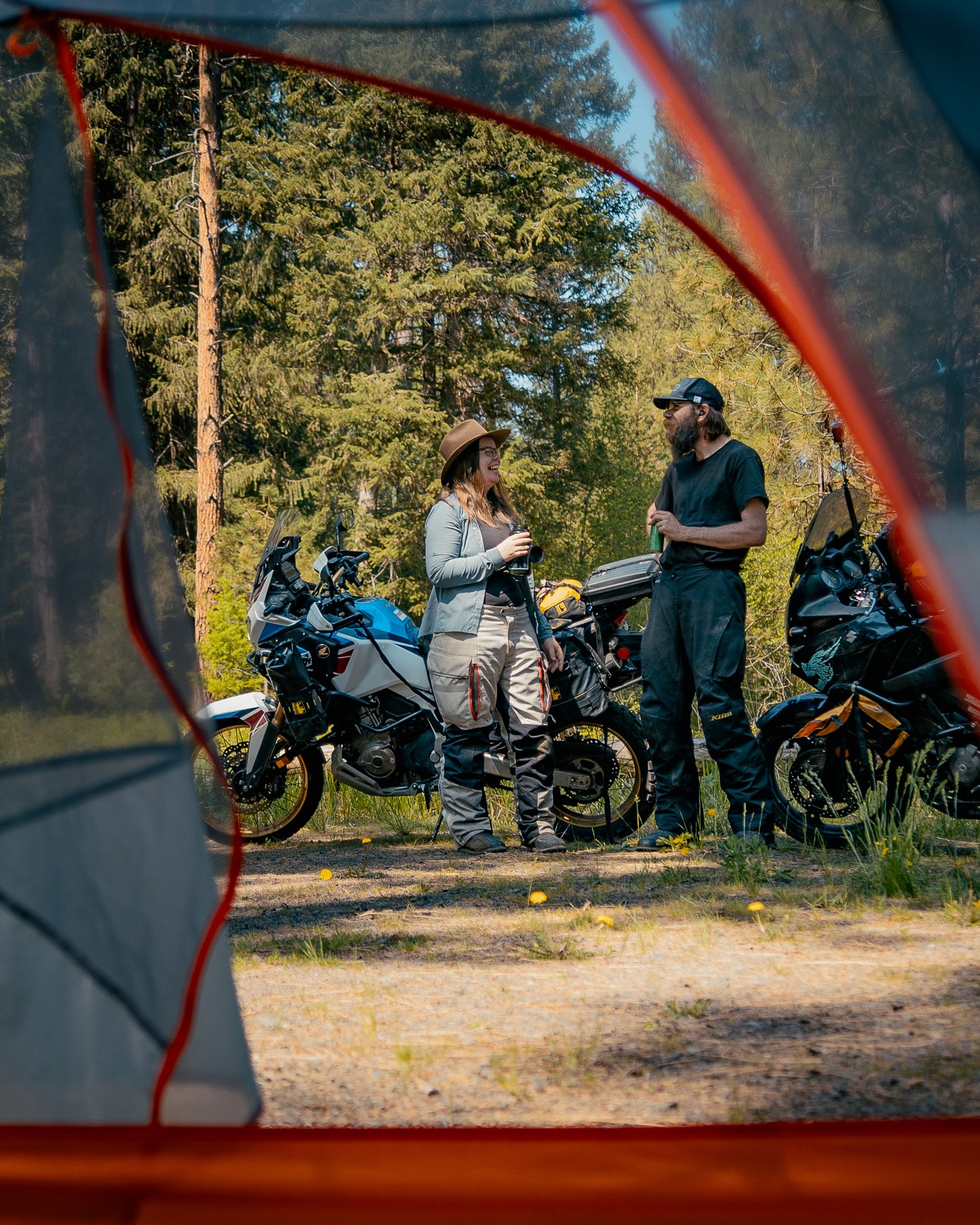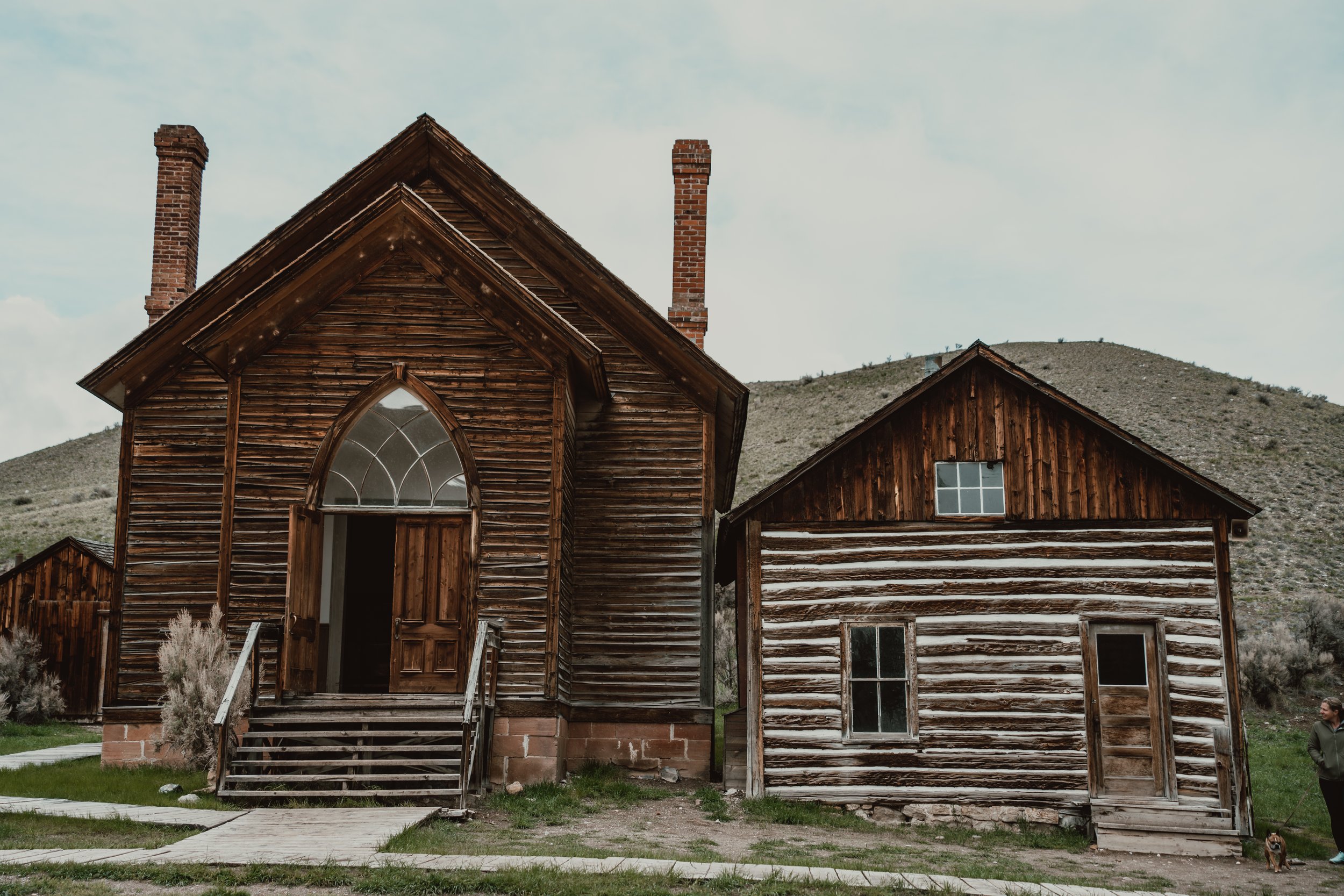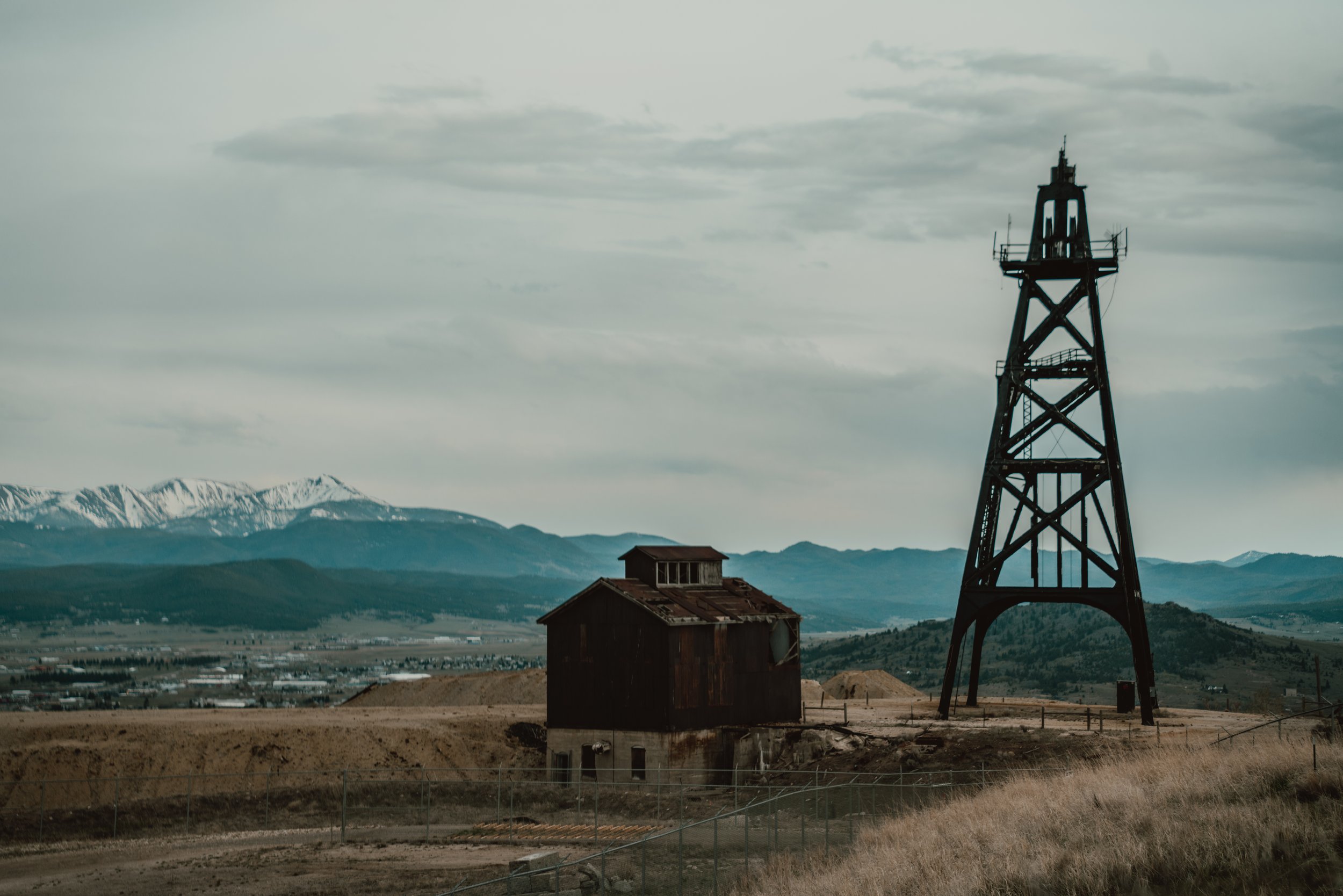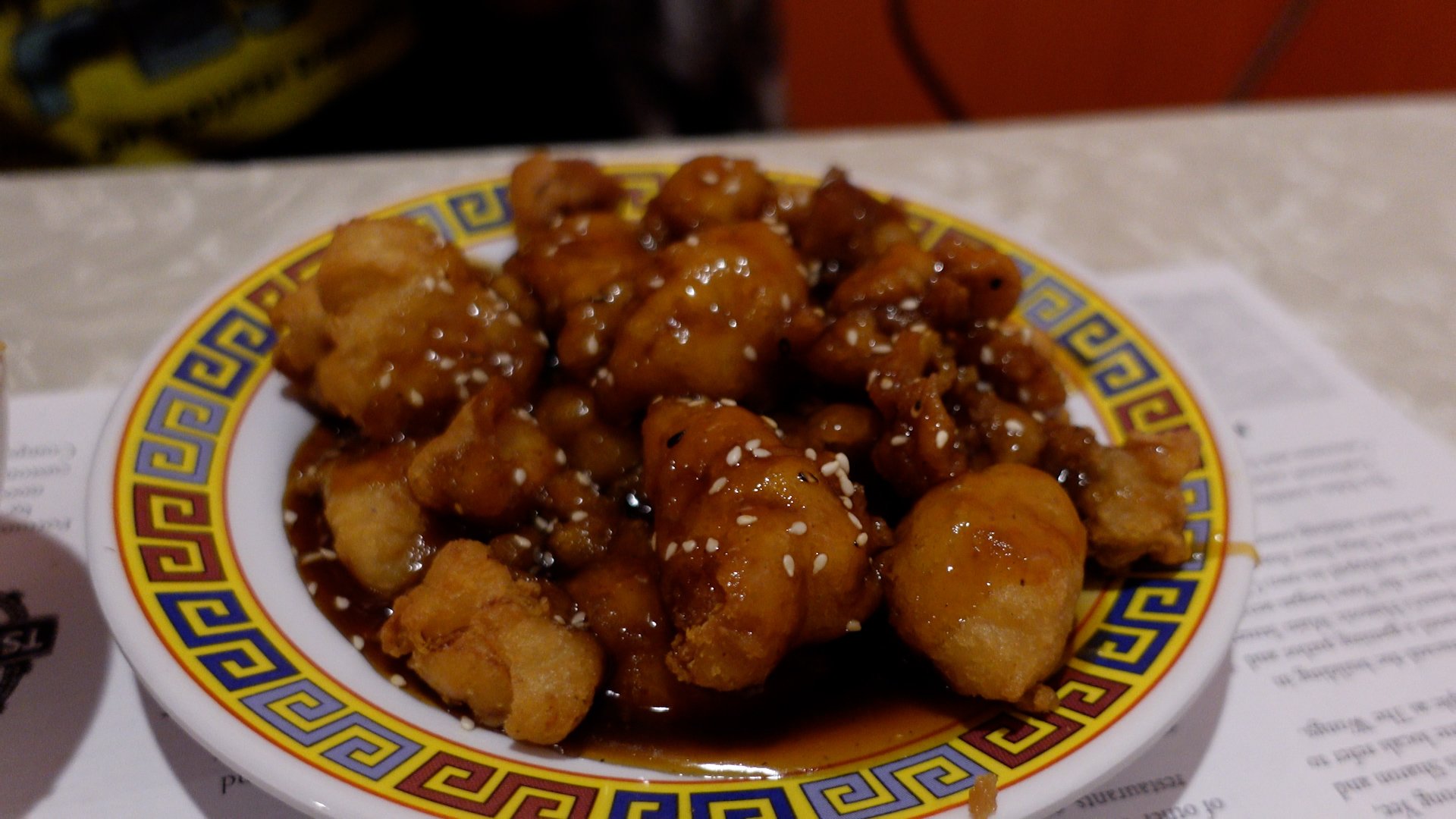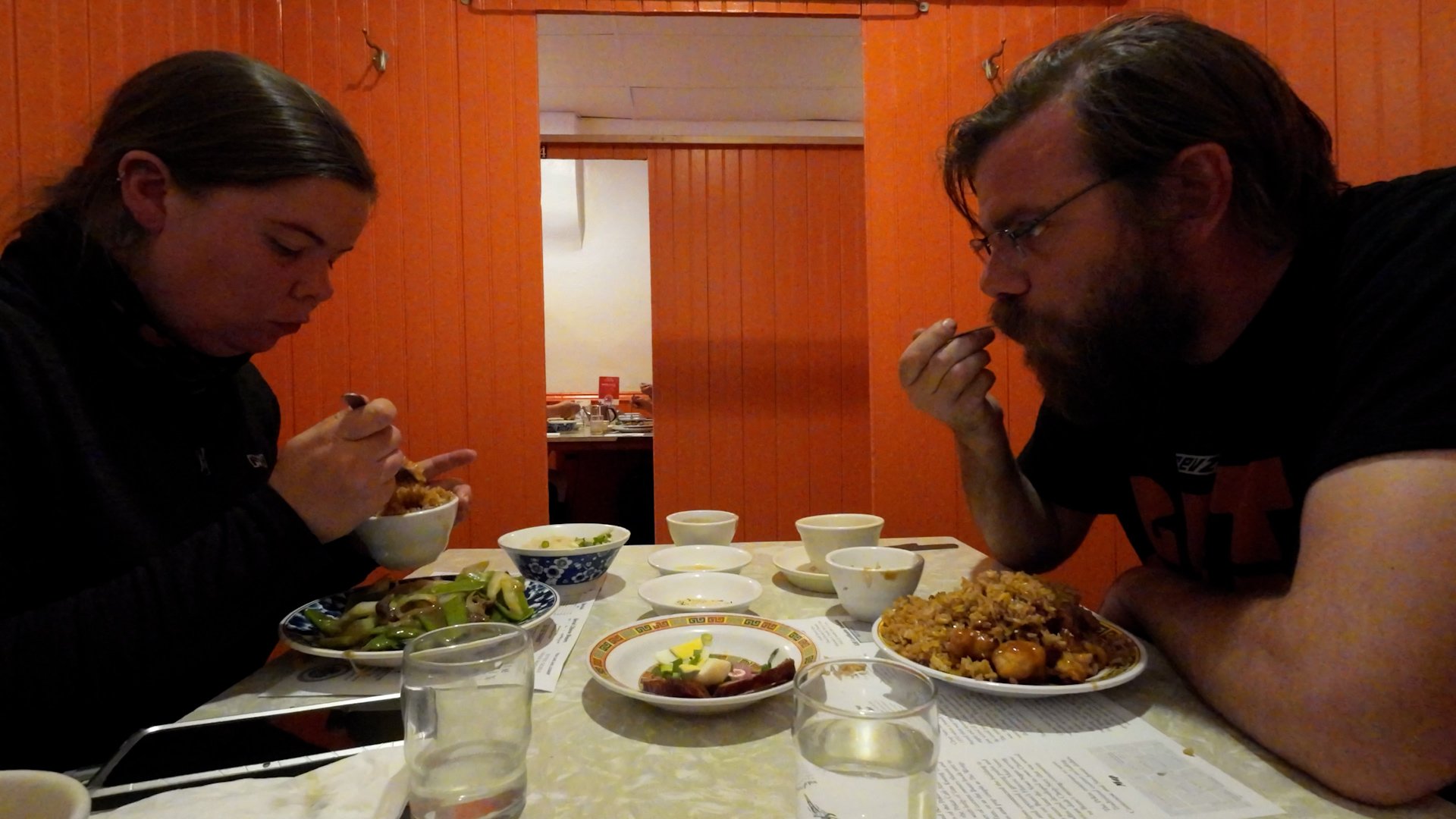Episode 5 and the Finale of the Utah Series was Filmed May 29, 30, 31 2023
Just a short ride north of Panguitch Utah is the Childhood Home of Butch Cassidy. It’s a great pit stop to stretch your legs.
In 1879 when Robert Leroy Parker also known as Butch Cassidy moved to this homestead with his family. There was already a two-room cabin on the property. As the family grew, Maxi added a kitchen on the east side and two bedrooms on the south side, expanding the house to its current size.
Butch started finding excuses not to go to church at a young age. Then he began to rub shoulders with outlaws like Mike Cassidy when he started working at Jim Marshall's ranch located twelve miles south of Circleville. Mike took Butch under his wing and taught him about handling horses and guns. When Butch turned eighteen, he decided he didn't want to scrap out a living in Circleville and wanted to go somewehre to get "hard, solid gold." He would leave the homestead in 1884. He sent money home often for the first few years and is considered one of the most well-liked and respected outlaws of the Old West.
I’ve hear awesome things about the Nebo Loop Scenic Byway, unfortunately it was closed due to a sinkhole when we went through. However, we were fortunate to find some lovely camping at the south entrance to the byway.
The town of Soda Springs is named for the hundreds of natural springs of carbonated water that are located in and around the city. The springs were known to Native Americans, and were a landmark along the Oregon Trail. Today the city is also known as a location of the Soda Springs Geyser, which was unleashed in 1937. The town was looking for hot water for a hot pool bathing attraction. They drilled into a chamber of highly pressurized gas and cold water, and the geyser was released. After it ran for weeks and flooded the downtown area, it was capped and manually released upon request as a tourist attraction. The geyser currently runs on a timed release valve which opens every hour.
Riding Gear + Luggage List
Links in this post are affiliate links.






































